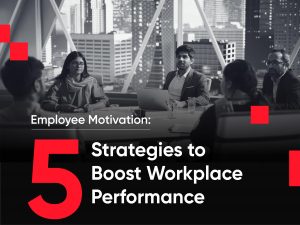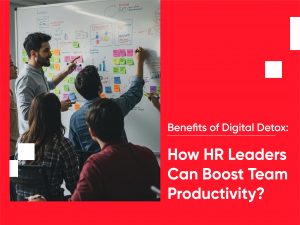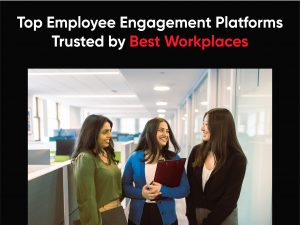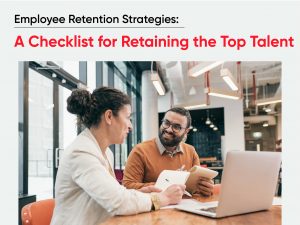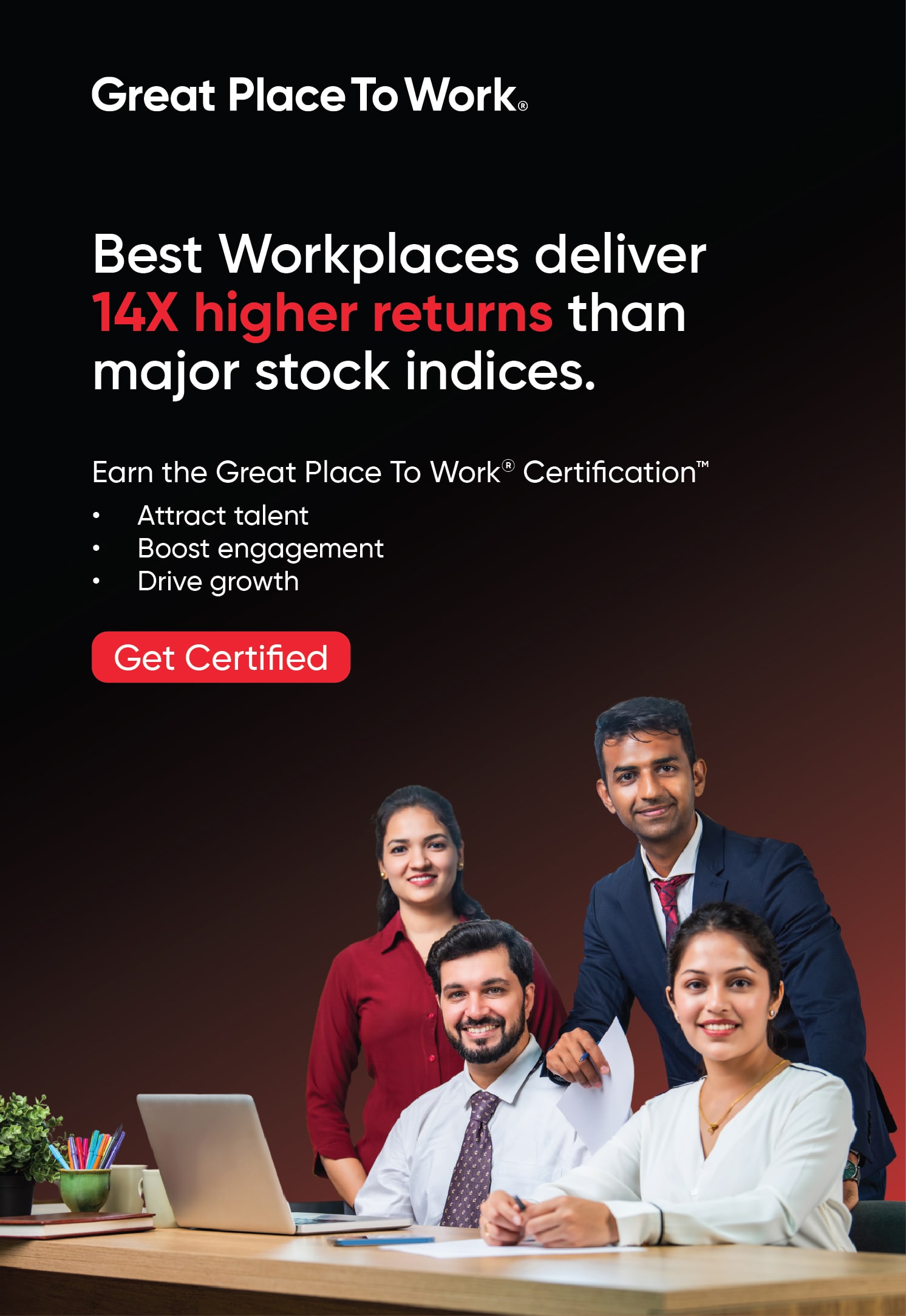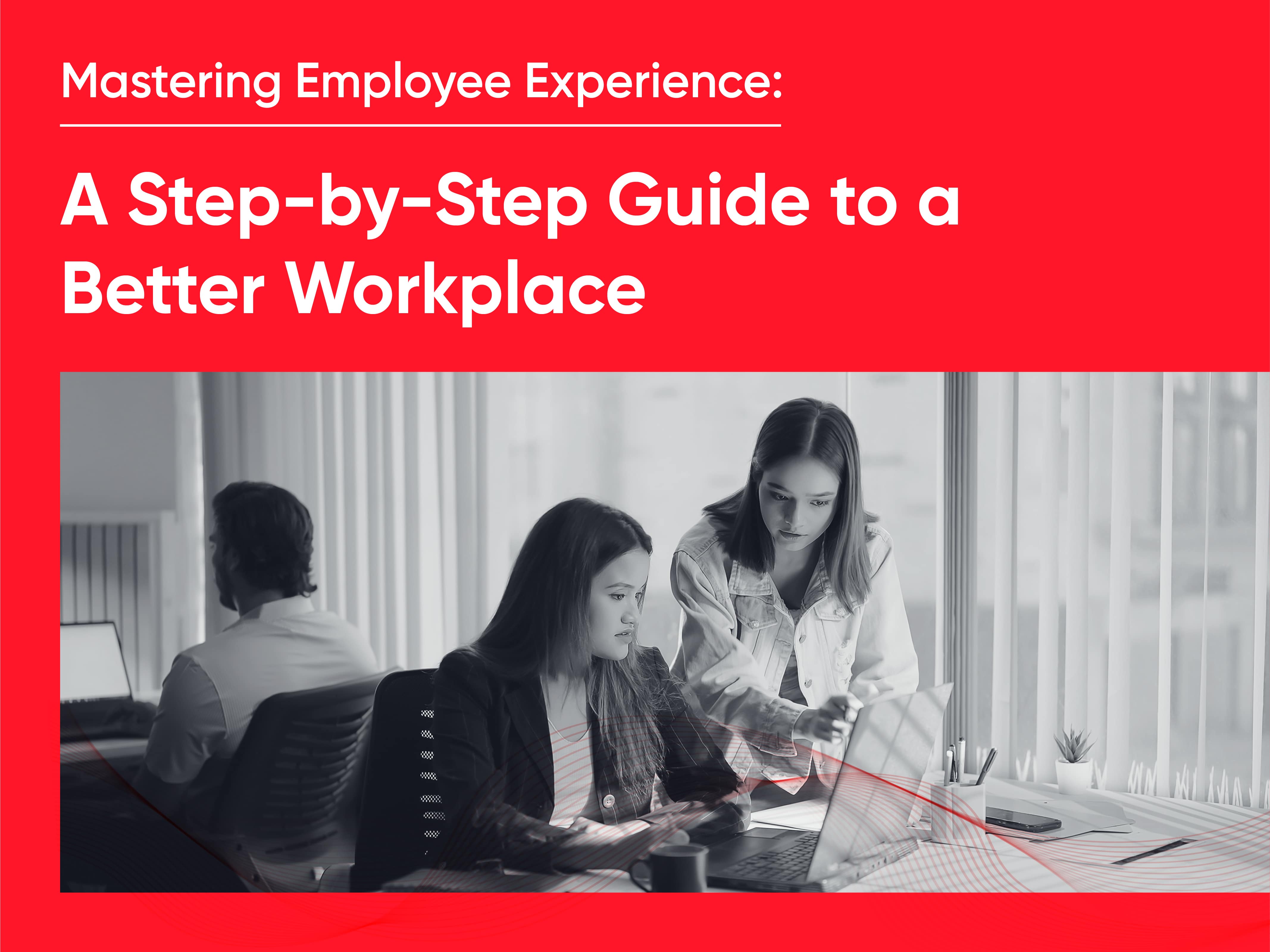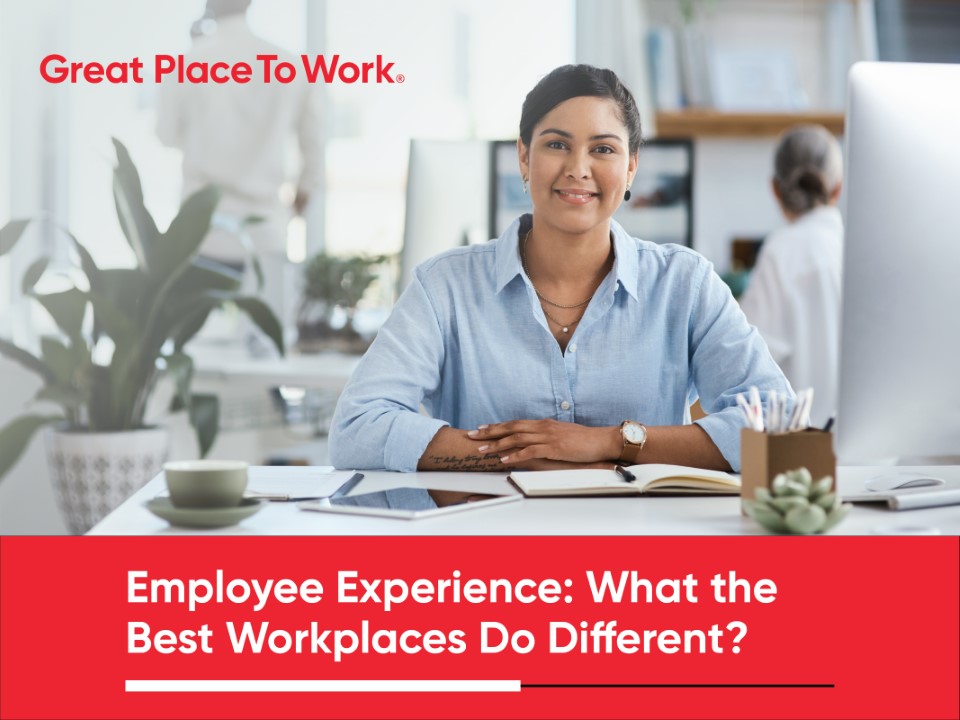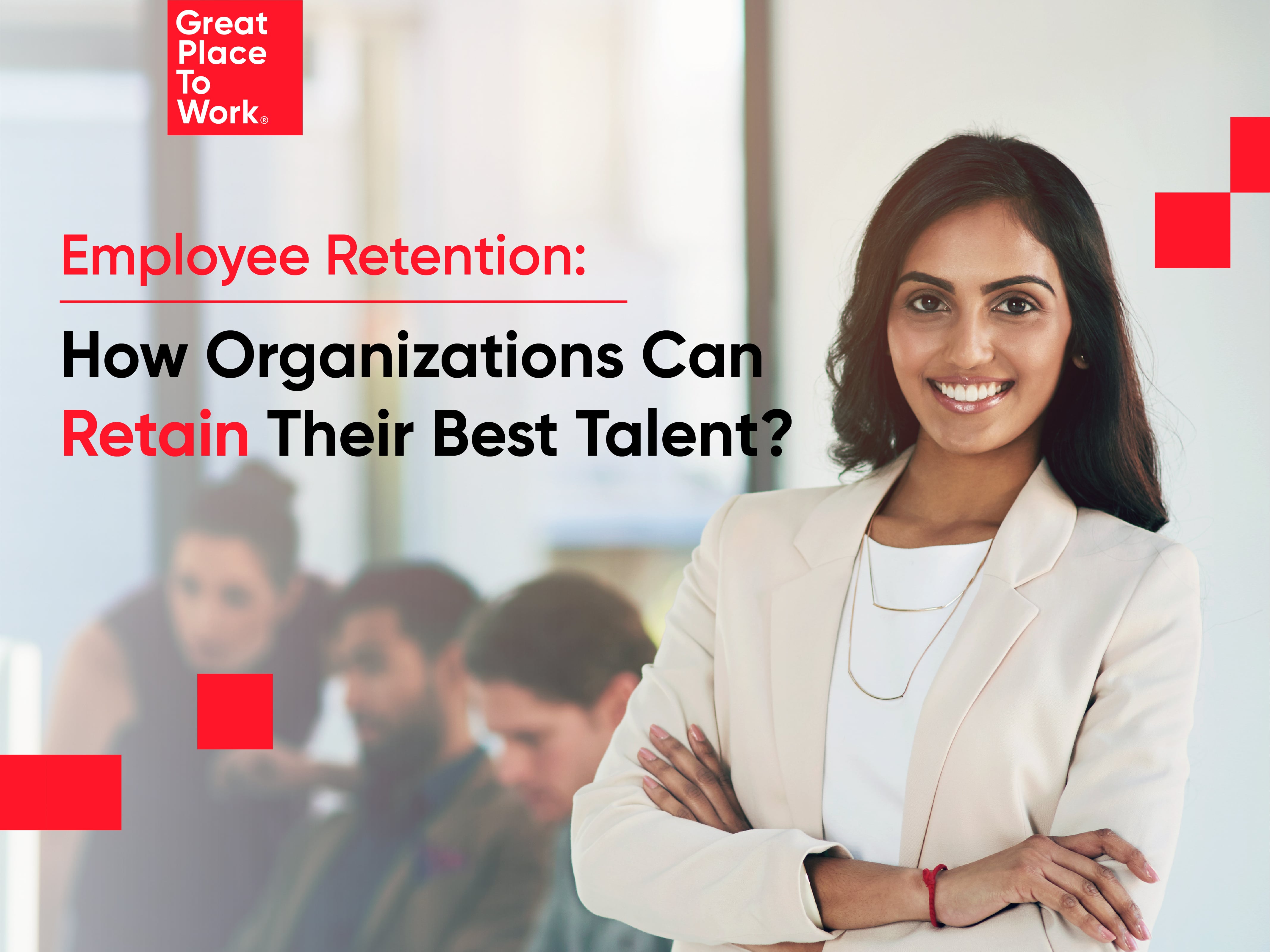Reading Time: 4 minutes
The workforce is undeniably the most valuable asset of any organization. While “An organization’s greatest asset is its people” may sound like a common saying, its importance cannot be overstated. Organizations must maintain agility to stay competitive in the face of inevitable change and the rapid evolution of trends such as remote work, digital technology, and artificial intelligence.
Keeping pace with these changes requires a commitment to employee training across all levels of the organization. This investment in employee development is essential for competitiveness and a crucial driver for overall growth and business success. The connection between professional development and fostering a robust organizational culture is evident and influences various interconnected aspects, providing a distinct competitive edge. In this blog, we will explore four key areas where an investment in professional development has positively impacted the employee experience.
Employee Retention and Satisfaction
Content employees stay with the organization, while dissatisfied ones are more likely to leave. A crucial strategy for retaining talent involves offering career development opportunities. 92% of the people working in organizations with good professional development endorse their workplace and say that it’s a good workplace.
An organization that fosters a supportive environment for a broad range of career development opportunities enables employees to keep their career paths open and encourages them to explore internal options for their next career step rather than seeking external opportunities.
Employees seek meaningful skill application for personal and professional satisfaction, enhancing retention. Maintain strong connections, identify preferred training areas collaboratively, and establish clear career paths for growth within the organization.
Productivity and Talent
When bringing in new employees, it’s crucial that they possess the essential skills required for the job. Similarly, the skills of existing staff need to be sharp and current. Regularly investing in professional development is the most effective way to ensure that your talent can deliver the necessary outcomes and prevent stagnation.
Employee productivity declines when individuals become bored, leading to diminished interest in the organization, its objectives, and their team. Consistent training is a key strategy to maintain high levels of knowledge, and employees equipped with the necessary tools, skills, and training are more likely to be productive than those without.
Cultivating a culture of continuous learning and development fosters an environment where individuals are motivated to learn from one another, leading to exponential growth within teams. When employees participate in training programs, it is beneficial to encourage them to share what they learn with their team. Facilitating open discussions within the team, allowing questions, and exploring how newly acquired skills can be applied to day-to-day objectives are essential aspects of this approach. Additionally, identifying skill gaps, determining which team members would benefit from similar training, and identifying specific training needs contribute to a comprehensive strategy for skill development.
Innovation and Creativity
Investing in the development of your workforce not only contributes to their happiness and satisfaction but also signifies a commitment to continual learning and growth within an innovative culture. Employees at best workplaces in innovation show a 9% more connection to their organization and 8% more inspiration on an individual level. This forward-looking approach, unafraid of exploring new avenues, is crucial for individual and organizational advancement. Training stimulates individuals’ minds, fostering critical thinking, self-reflection for improvement, and exposure to novel methods and technologies that might otherwise go unnoticed. These elements collectively foster innovative and creative thinking, sparking new ideas.

Incorporating innovative learning methods can also cultivate openness to change among individuals. For instance, utilizing new technologies such as virtual and augmented reality in training or employing simulations for skill acquisition in a risk-free environment can make the learning process safe and allow individuals to experiment with risk-taking. These experiences can then be applied to real work, introducing new concepts and solutions and showcasing the positive outcomes firsthand, ultimately encouraging creativity, agility, and the development of innovative thinking skills applicable to day-to-day tasks.

To support this, it’s essential to cultivate an internal culture that champions innovation and acknowledges that only some new ideas will succeed on the initial attempt. Including innovation-focused training in the overall development program, making the innovation process safe and accessible by welcoming new ideas and regular feedback, and recognizing and appreciating innovative and creative thinking should all be integral components of organizational efforts.
Engagement and Empowerment
A compelling vision shared by an organization can inspire individuals, attracting those who align with its passion and purpose. Continuous training and development play a pivotal role in sustaining motivation and inspiration among individuals, propelling them toward shared success. When a company invests in the growth of its employees, a reciprocal attachment and engagement to the shared vision and purpose emerge, creating a mutually beneficial scenario.
Empowering individuals with new skills and fostering a learning and growth-oriented environment enables them to take charge of their achievements and careers. This investment communicates trust and worthiness, instigating a robust commitment to hard work and inspiring team members to do the same. A team of skilled individuals enthusiastic about learning and growth becomes a formidable force with limitless potential.
The positive cycle of growth and development generates a sense of pride that forms the foundation for organizational success. Leading by example from the top and promoting a lifelong dedication to learning establishes a solid groundwork for individuals to flourish, fostering loyalty and commitment. Such dedicated teams work hard and exhibit long-term loyalty to the organization. The best workplaces leverage this energy to cultivate thriving employees and enhance their company cultures.
To learn more about this visit us here.



